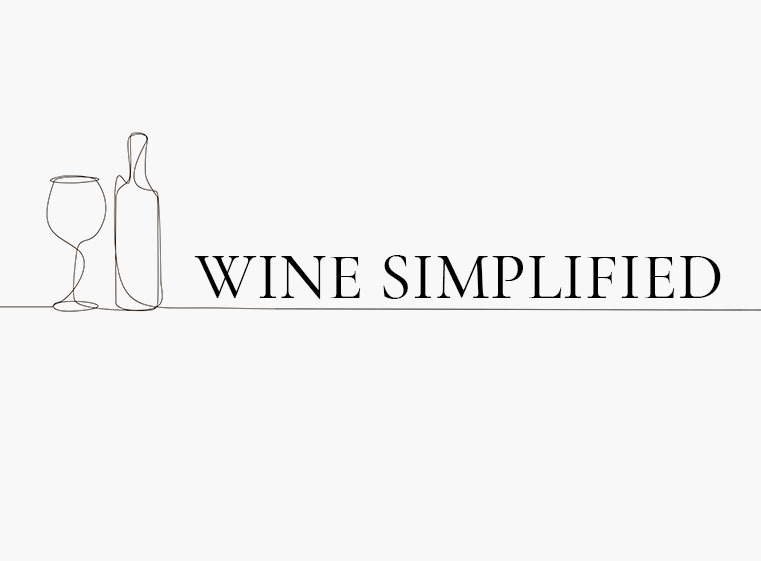Graphite, much like wet stones, as a wine term (believe it or not) is a hard pill to swallow for a few. We’ll let our customer Steve Dummit take it from here…
“C’mon now, Cameron. Graphite has no odor or taste! It is a very inert 3-dimensional carbon molecular structure that only reacts under fairly extreme thermodynamic or chemical conditions. It can be oxidized with extreme heat or electrical gradient (think carbon electrodes in arc lamps) or extreme chemical oxidizing conditions (strong acids). It will have no relative effect on the palate or nose. What you taste on the tip of your number 2 pencil is the wood, not the graphite pencil ‘lead.’ I appreciate your reaching for descriptive metaphors, but please keep it within the realm of chemically plausible possibilities ;-)”
Alright Steve, and away we go!
While what you say, we assume, is correct (none of us dabbled in sciences beyond college), we all must remember there’s an artistic level to wine descriptors.
While a Pinot Noir is sour, smells and tastes of hog’s breath, wet dirt, and fungus, and Sauvignon Blanc can smell like a cat’s litter box (well, cat urine more accurately), we say that Sauvignon Blanc has notes of fresh cut grass, or Pinot Noir is redolent with cherries, truffles, and mushrooms or forest floor. It’s actually painting with words, because the cold, honest truth is way less appetizing.
Many see the Mona Lisa as a masterpiece, but under the same lens as above, it’s just paint on a canvas. Nothing more, just paint applied to a surface and moved around, blended and caked on. When you look at it that way, it doesn’t seem worth the price of entry, nor does it seem worth traveling the world to view with your own eyes at least once.
‘Graphite’ is like Bob Ross’ ‘happy little clouds’ in a painting of his. Not an actual cloud, but it evokes a memory of one you might’ve seen once or twice.
Now, that all said, Steve is correct in it tasting like the tip of a no. 2 pencil because of the wood interaction. But that goes to: what is more appetizing? Would you buy a wine that tastes like ‘fresh yellow no. 2 pencil shavings’ or a wine that ‘exhibits hints of graphite’?
Time and general market feedback through purchases has shown people prefer ‘graphite’ over ‘pencil shavings’ – which mind you, ‘pencil shavings’ was used a bit more widely even just a few years back, and a few winemakers say it in copy or on-site to this day, but that number continues to shrink.
All’s fair in love and wine, so with that in mind, not a decade or two back, people looked for, preferred, and even asked for Pinot Noir with ‘hog’s breath’ – seems so out of place today, but was totally fine a few decades back – same with people looking for Sauvignon Blanc exhibiting ‘cat piss’ – seems outright gross now (try saying that to your wine dude at the local shop and watch their face contort). As language evolves alongside social context, painting a wine’s experience does so as well.
In the spirit of standard Wine: Simplified articles, we should note the other descriptors that you may run into aside from graphite or pencil shavings: lead, pencil lead, and wood shavings to name a few.
So if you find yourself getting that nostalgic school pencil flavor or aromatic from a wine, ‘graphite’ would – in modern times – be the best way to describe that sensory memory, but all the aforementioned variations will suffice, yet may not get you that extra pour from the winemaker or tasting room staff.
Cheers, and thank you for the scientific rundown Steve, great knowledge to have for those of us unbrushed up on molecular sciences!

